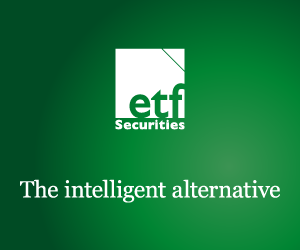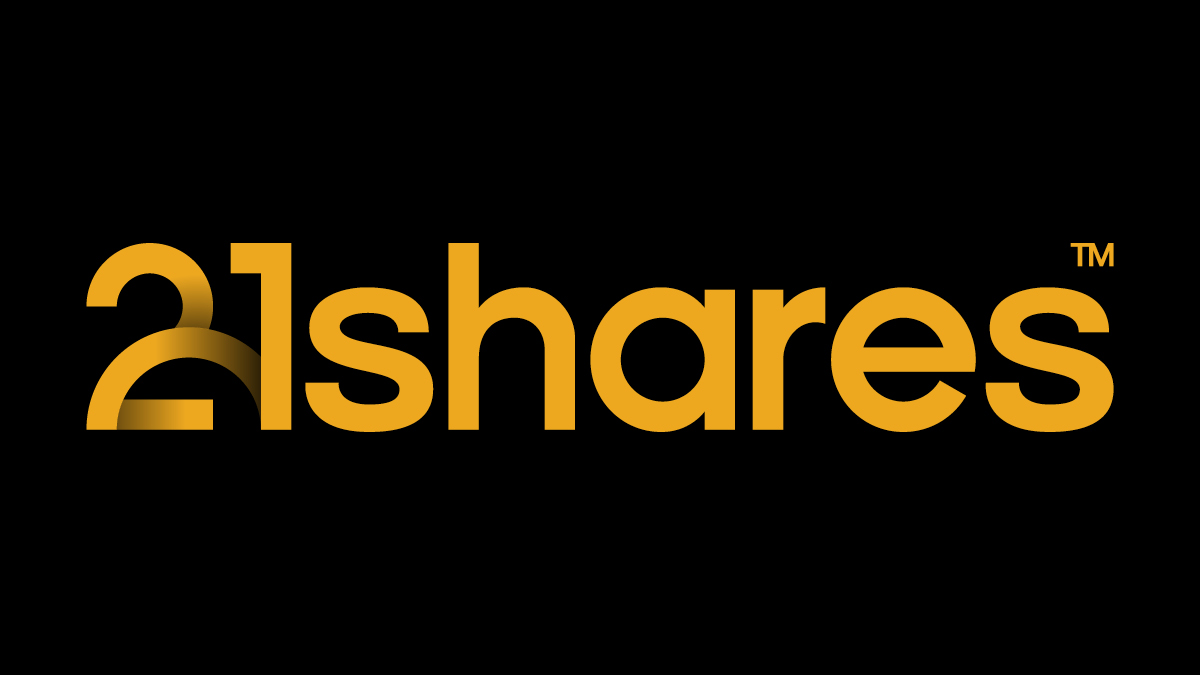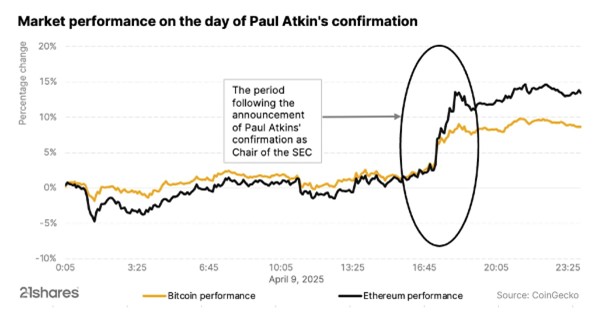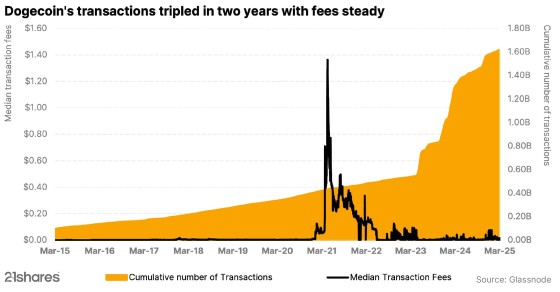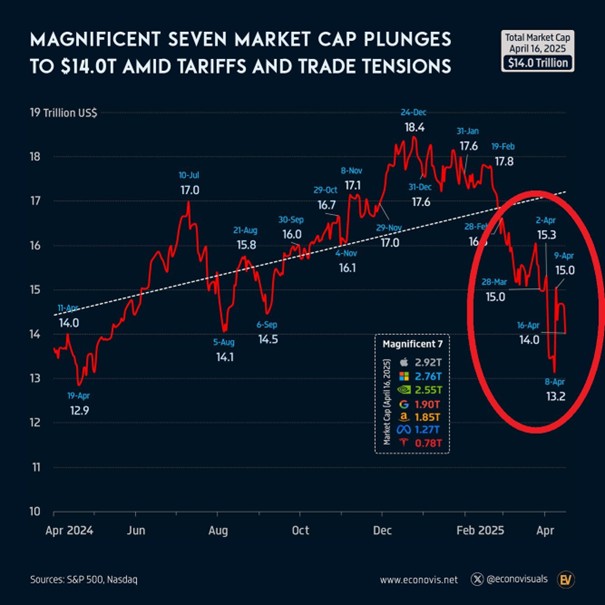ETF Securities Commodity ETP Weekly Gold loses its shine
Long gold ETPs witness the largest weekly outflows since inception.
ETFS Daily Leveraged WTI Crude Oil (LOIL) receives largest weekly inflow since 2012.
Dollar strength weighs on platinum price.
Following the recent robust US non-farm payroll reading, the market will be paying close attention to the FOMC’s press statement on Wednesday for any affirmation that the committee intends to raise rates in June. Any such indication will likely send the Euro closer to parity with the Dollar and be bearish for gold. In Europe, monetary policy will remain in the fore as the BOE releases minutes of its latest meeting and the SNB meets to discuss policy. In the UK, George Osborne will reveal his latest budget, which will be an opportunity for the government to impress voters in the run up to the general election in May.
Long gold ETPs witness the largest weekly outflows since inception. US$376.5mn of funds exited ETFS Physical Gold (PHAU) last week amidst a broad market selloff for gold. The robust US payroll reading on the 6th March stoked speculation that the Federal Reserve intends to increase interest rates in its June meeting as the economy continues to display signs of strength. The prospect of higher US rates does not bode well for the precious metal which is itself a zero yielding asset. Since reaching a five month high of over US$1,300/oz in January, the gold price has fallen 11.2% as a series of positive events, including the announcement of a Greek debt deal, has boosted investor confidence. Going forward, bullion will likely find some support from investors outside of the US as central banks globally continue to cut interest rates and expand their respective balance sheets in an effort to combat deflation.
ETFS Daily Leveraged WTI Crude Oil (LOIL) receives largest weekly inflow since 2012. The 11.7% drop in the price of WTI this week has sparked a resurgence of investor interest in US crude as flows into long WTI ETPs hit a 7 week high. Last week’s price decline was prompted by the release of a somewhat bearish report from the Energy Information Administration (EIA) and news that US crude stockpiles are at a record high. The report explained that US crude inventories look set to grow into the second half of 2015, at which point the recent cuts to investment expenditure will take effect and curtail production growth. Long WTI ETPs have experienced the longest streak of inflows to date as bargain hunting investors seek to benefit from the considerable upside to the price from current depressed levels.
Dollar strength weighs on platinum price. The price of platinum fell to US$1,118/oz last week, the lowest level since 2009, prompting the first weekly outflow from long platinum ETPs in six weeks. The price drop was driven by the US Dollar appreciating to multi year highs against major currencies and reduced safe haven demand. At current levels, platinum will likely witness price sensitive demand from China pick-up, which in conjunction with tight supply fundamentals, should aid a price recovery later in the year.
Key events to watch this week. Central banking activity will once again dominate the agenda next week: the upcoming FOMC meeting will clarify if the Fed continues to emphasise patience, which could derail the USD rally, followed by the release of BOE meeting minutes and the SNB interest rate decision. In addition, inflation data from the Eurozone will be monitored for any signs of undesirable deflation.
Video Presentation
Joshpreet Tiwana, Research Analyst at ETF Securities provides an analysis of last week’s performance, flow and trading activity in commodity exchange traded products and a look at the week ahead.
Important Information
This communication has been provided by ETF Securities (UK) Limited (”ETFS UK”) which is authorised and regulated by the United Kingdom Financial Conduct Authority.
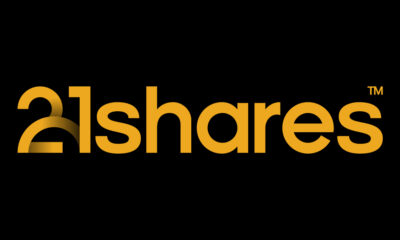
 Nyheter3 veckor sedan
Nyheter3 veckor sedan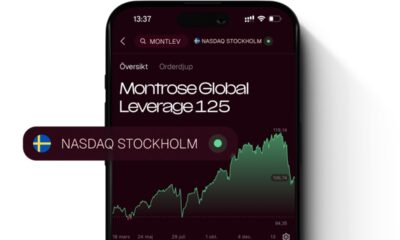
 Nyheter3 veckor sedan
Nyheter3 veckor sedan
 Nyheter4 veckor sedan
Nyheter4 veckor sedan
 Nyheter3 veckor sedan
Nyheter3 veckor sedan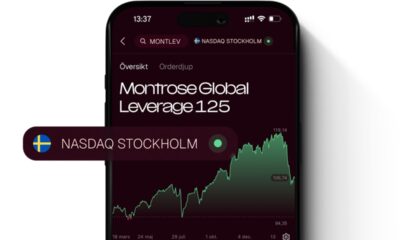
 Nyheter3 veckor sedan
Nyheter3 veckor sedan
 Nyheter4 veckor sedan
Nyheter4 veckor sedan
 Nyheter2 veckor sedan
Nyheter2 veckor sedan
 Nyheter2 veckor sedan
Nyheter2 veckor sedan
